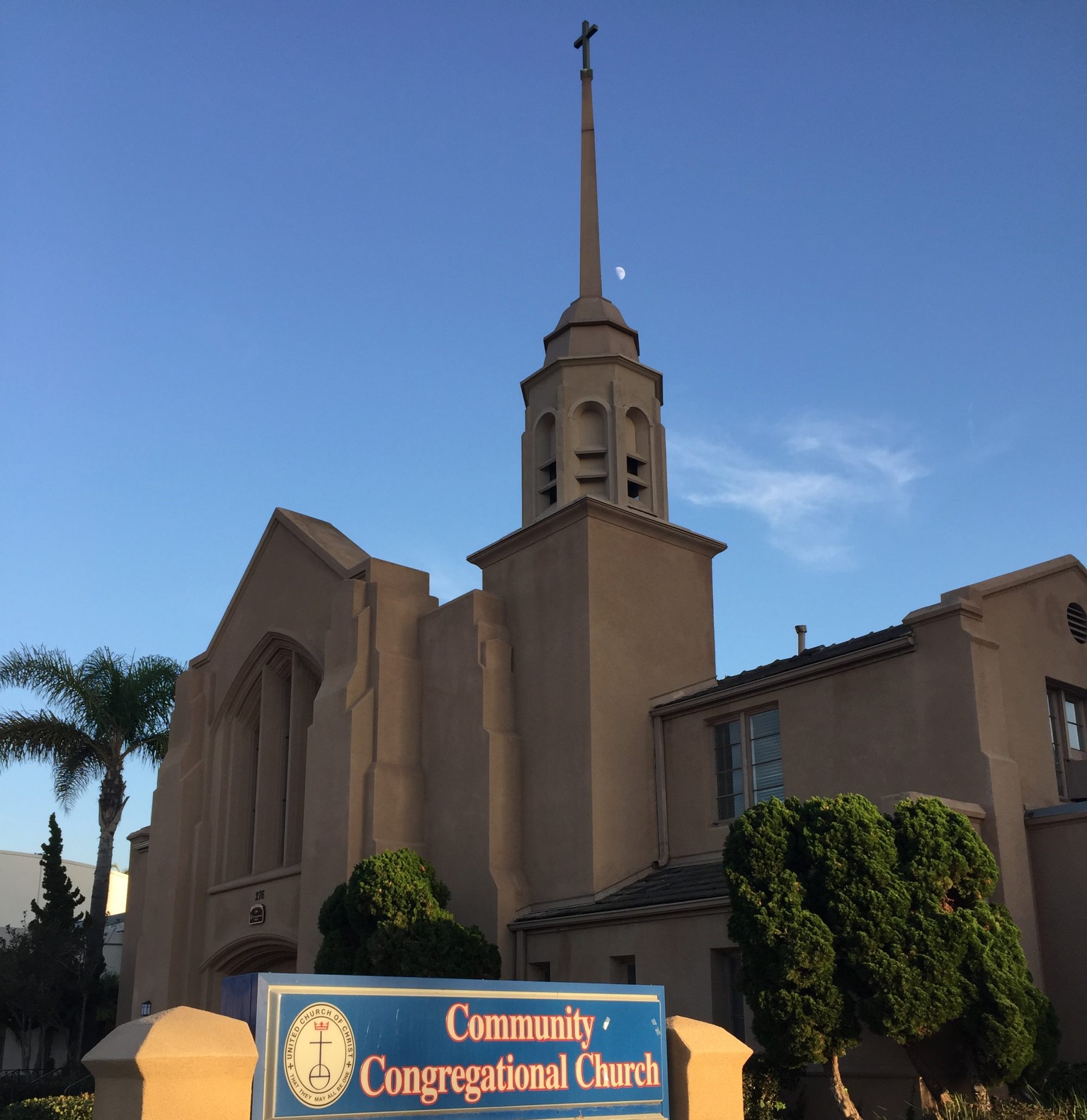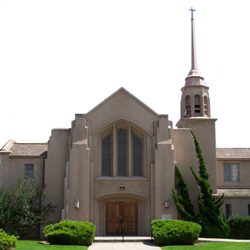“What Next?”
A meditation based on Mark 16:1-8 and John 20:1-18
Easter Sunday, 1 April 2018
Community Congregational Church of Chula Vista
Dr. Sharon R. Graff
* * * * *
What next? After the Amens? After the Alleluias? After the glory and the majesty and the enthronement of the Risen One? What next? The good news is, once the music stops, we have options! There is no one right path leading away from the empty tomb and toward the rest of our lives. There are many paths.
The gospel stories we heard today describe with stark realism two very different paths. One, the path of fear. The other, the path of love. Mark’s resurrection story is barely good news at all. Jesus figures in the passage, only by his absence. And the women, who go to the tomb, are met by a young man in a white robe who tells them the obvious about Jesus, “He is not here. He has been raised. Go tell the others that he’ll meet you in Galilee, just as he told you.” What next for those disciples? The earliest versions of the Gospel of Mark state, “So they went out and fled from the tomb, for terror and amazement had seized them; they said nothing to anyone, for they were afraid.” Fear. That’s what was next for them…at least for awhile.
I’m reminded of a long ago trip to Disneyland with our pretendsy granddaughter, Samantha. For those of you who may not know, Samantha Hope Appleton-Sackett is our dear friend. Since her birth almost 18 years ago, we have been her Auntie Sharon and Uncle John. With her red hair, she is often mistaken as our grandchild, and it is a mistake with which we can happily live! Now a teenager and on track to become a professional ice skater, at the time, she was about 5 or 6 years old. She had looked forward to this trip with her doting Auntie Sharon and Uncle John because she wanted to try out Splash Mountain for the very first time. You know, that’s the ride that twists and turns through a watery path as you ride in a log boat, and at the end, dumps you down a very high hill into a rather deep pool of water. It was a dicey ride for Samantha, and all the way home that night, she repeated, as if shocked at her own courage, “It was a little bit scary and a lot fun; it was a lot scary and a little bit fun; it was a little bit scary and a little bit fun; it was a lot of fun and a lot scary!” Over and over, for the hour and half ride back to her house, Samantha’s litany of the day was all about fun and scary and scary and fun!
That’s also how Mark’s account of the resurrection sounds. For those first disciples, the whole resurrection experience seemed equal parts fear and amazement. And instead of going out to tell the world, they were, as the scripture says, “seized” by fear. They told no one anything. That’s some kind of gripping fear, isn’t it? Paralyzing fear. Fear that distracts us, limits us, immobilizes us. And such fear as we see in Mark’s account is one pathway we can follow after the alleluias of today have faded away.
John’s gospel, written some 40 or 50 years after Mark’s account, offers a very different response to the same question, “what next?” In John’s account of the resurrection, the pathway that takes the disciples from the tomb to the rest of their lives is a path paved with love. John’s story of the resurrection is filed with love. In love, Mary stands weeping outside the empty tomb. In love, Mary seeks answers from the only person she sees in the garden… “Please sir, if you’ve carried him away, tell me where you’ve laid him, and I’ll take him now…” Through love, we can hear the passion in her voice. In love, Mary hears the loving voice of her Master calling her gently by name. “Mary!” To which she turns, in love, and responds, “Teacher!” So much love in that scene, in that glance, in that brief exchange, that Jesus has to warn her off of grasping him just then… Instead, he sends her out on a mission of love, to tell the others, which she boldly does. “I have seen the Lord,” she declares, and at least some of them actually believe her! This path from the tomb to the rest of their lives is a path paved with love and lined by love and guided by the memories and stories of love. This, too, is a choice we have as we sing the alleluias today and wake up tomorrow.
So what next, Community Congregational Church? What path will you take from the empty tomb of today into the rest of your life? You have just as many choices as did those earliest disciples of Jesus. In the face of resurrection, you can run and hide and tell no one. With the possibility of new life, you can shrink in fear or rise in amazement. As you ponder your future and make peace with your past, you can see the path ahead as scary or fun or some combo of the two. As you turn to look for the Risen One, you can tune your ears and focus your eyes and fix your spirits on love. You can, if you want, sing those alleluias to chase away any fear. These many pathways are before you, today and every day.
What next? Will it be fear or will it be love? No fooling—the choice is always yours!
Amen and Blessed Be

